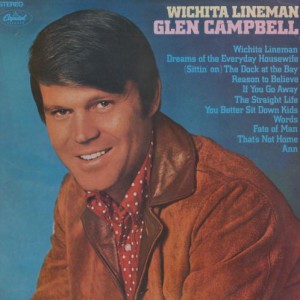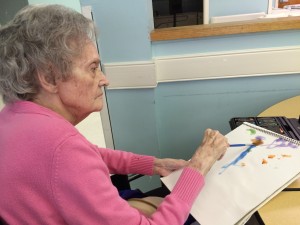Alabama Dementia Initiative May have a Grant for You…
Center for Leadership and Public Policy
October 3, 2014
Alabama Dementia Initiative
With the encouragement of Governor Robert Bentley, the Alabama Department of Senior Services has initiated a major effort to understand and address the growing challenges of Alzheimer’s and dementia in the state of Alabama. To this end, the Center for Leadership and Public Policy (CLPP) at Alabama State University has been contracted to implement the Alabama Dementia Initiate (ADI).
The elements of the ADI are: demographic analysis, eight caregiver workshops at strategic locations in Alabama, a major statewide conference involving key individuals and professionals in the dementia network, a dementia publication to assist caregivers, the development of a comprehensive and informative dementia website and a small grant demonstration program. The project is beginning with the design of multiple survey instruments to be administered by the CLPP Polling and Demographic Research Division. These survey instruments will be focused on the general population of Alabama, a sample of identified caregivers and the organizations providing dementia services in Alabama.
In addition to informing you of the scope of this project, we are contacting you to encourage you or your organization to submit a proposal for the small grant element of the ADI. The total budget for this program is $60,000, where five or more grants of up to $12,000 will awarded in a competitive process. Eligible organizations for this program are universities, local governments, regional planning agencies, nonprofit organizations, for-profit organizations, or a combination of such organizations.
Applicants for these grants must submit proposals of three to five double-spaced, typed pages indicating the overall nature of the proposed grant program, the specific plan for conducting the program, the materials and supplies needed for the program and how the program will be evaluated at its completion. A separate budget page is required for the proposal indicating the cost of personnel, supplies, and services to carry out the grant activities. Special consideration will be given to proposals whose project results are deemed likely to be sustained after the project completion date.
The deadline for the submission of proposals is 5:00 p.m. on Friday, October 31, 2014. The proposals can be sent to tvocino@alasu.edu or by mail to Thomas Vocino, Ph.D., Project Director, Center for Leadership and Public Policy, Alabama State University, 600 South Court Street, Suite 430, Montgomery, AL 36104. A committee will evaluate all proposals and the successful applicants will be notified by November 15, 2014. All grant activities must be completed, including a project evaluation, by August 31, 2015.
If you have any questions concerning the Alabama Dementia Initiative (ADI), please do not hesitate to contact me at 334.229.6015 to tvocino@alasu.edu.






Recent Comments